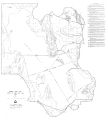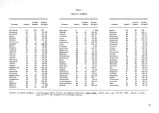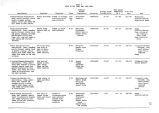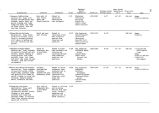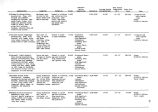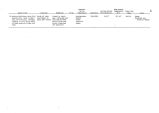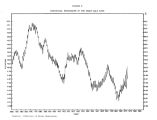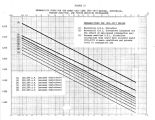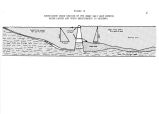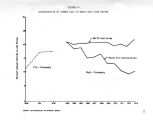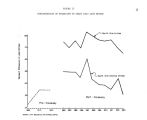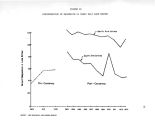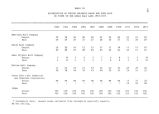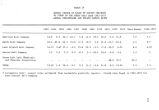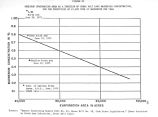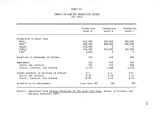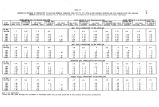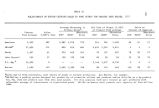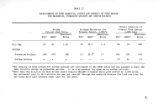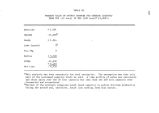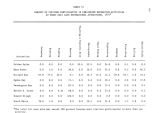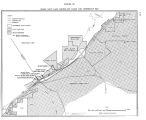| OCR Text |
Show 34 inflow to the Lake. These physiography characteristics in the Drainage Basin are shown in Figure 4 ( Ridd, 1961). The physiography of the Basin greatly influences the climate and hydrology of the region. The elevation is one of the most significant factors affecting the hydrology of the Basin, because it affects both temperature and precipitation. For example, increased elevations usually result in increased snowfall and lower potential consumptive use rates. Thus, the percent of precipitation that occurs as runoff is increased. Also, the monthly time distribution of runoff is affected, causing high spring snowmelt flows and low fall and winter base flows. Just as elevation is a significant factor in the occurrence of precipitation, geology has an important effect on the water resources in the Drainage Basin. In the Great Salt Lake Desert area, the nonabsorptive character of the desert mountains due to sparsity of vegetation results in rapid runoff and high peak flows. However, the greater infiltration rates of the alluvial fans and salt flats in the desert basins result in retention of surface water, allowing little surface flow to reach the Lake. The mountainous region of the Bear, Weber, and Jordan Rivers accounts for the largest percent of precipitation which produces both surface and groundwater yield. The degree of fracturing in the basal structure and the characteristics of the material composing alluvial fans and basin fills determine the proportion of the yield which occurs as surface runoff or available groundwater production. |




























